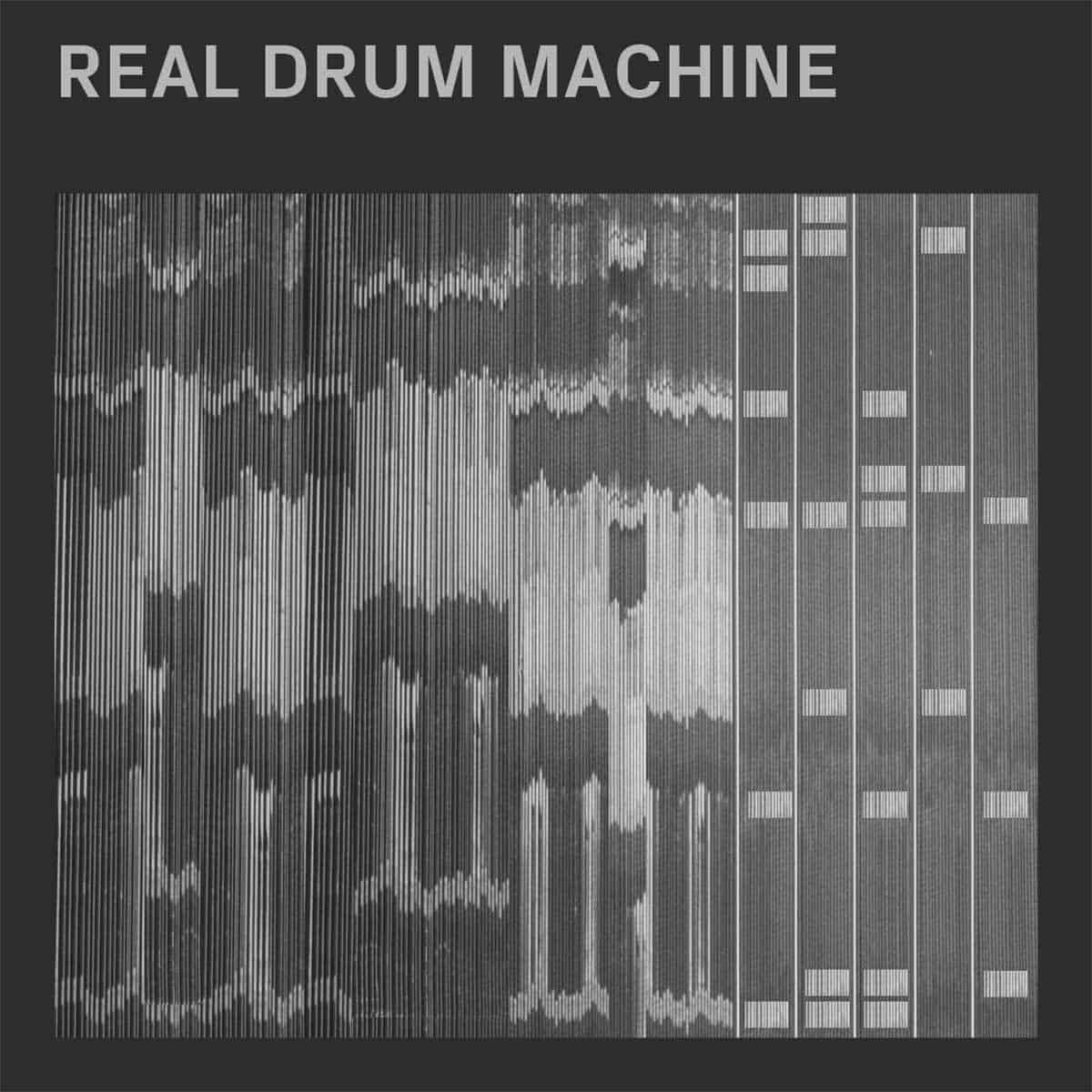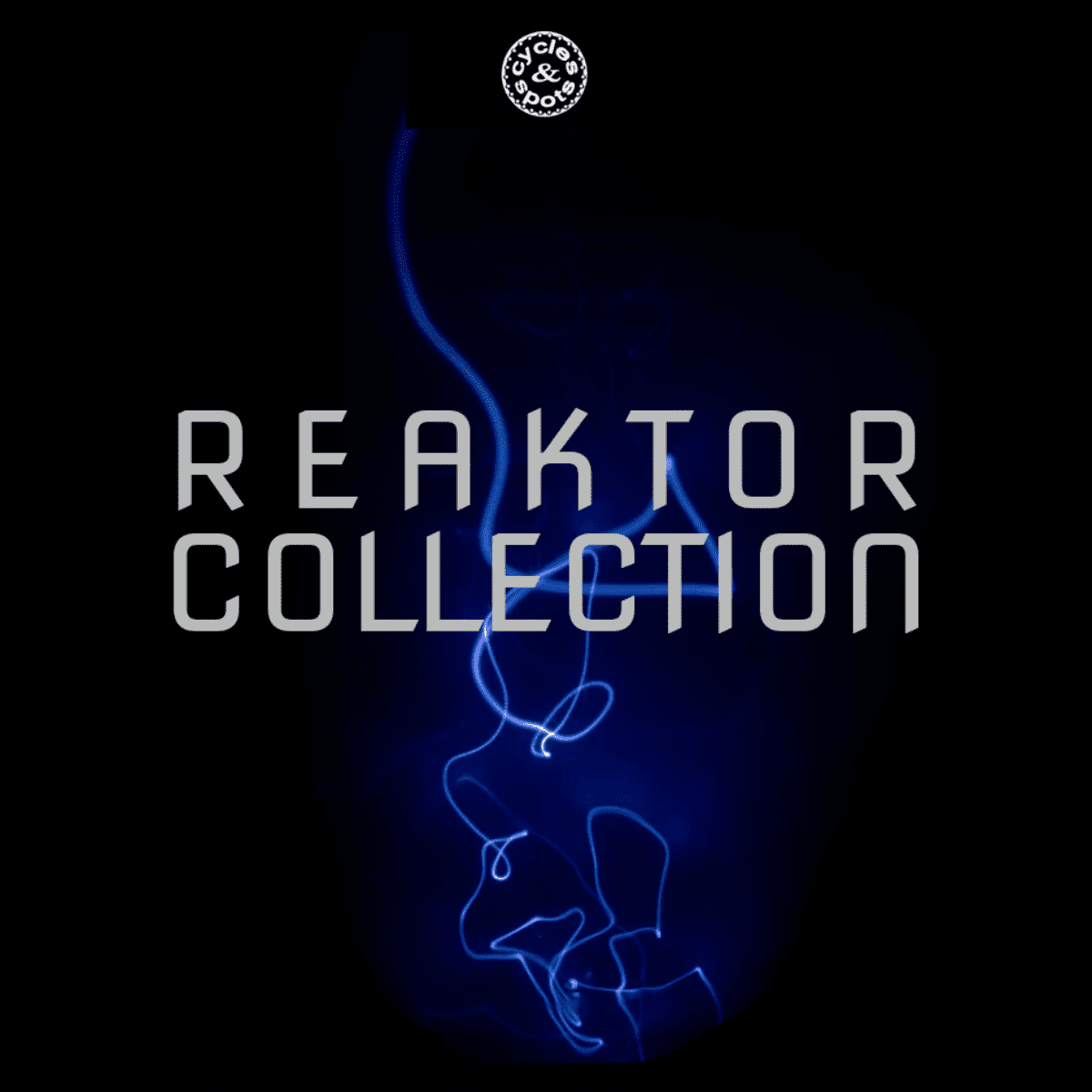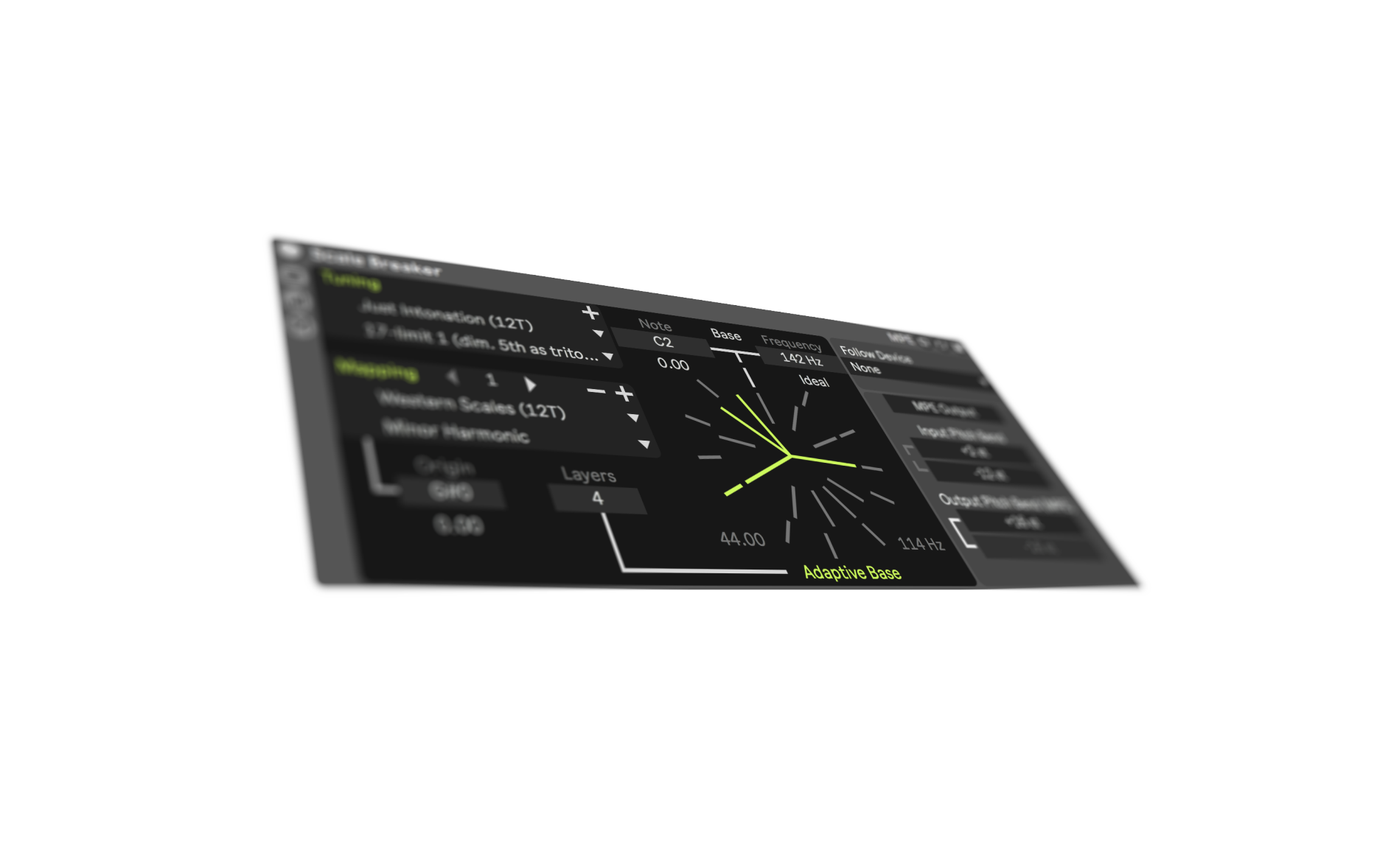Real Drum Machine for Battery, Ableton + WAV
REAL DRUM MACHINES is a Sample Pack of 28 Classic Drum Machines Sampled and reconstructed for Ableton Live Drum Rack and NI Battery 4
The Pack contains
- 28 Ableton Drum Rack for each Drum Machine and 4 Combo Pack For Kicks, Snares/Clap/Rimshot, Hi-Hats and Toms
- 26 Battery 4 presets with color-coded Cells
- 534 Single Hits Wav File 24bit 44100Hz
Real Drum Machine Contents
- Oberheim DMX
- Pearl Syncussion SY1
- Roland Computer Rhythm CR-78
- Roland CR-1000
- Roland CR-8000
- Roland R8
- Roland Super Quartet MKS-7
- Roland System 100
- Roland TR-66
- Roland TR-505
- Roland TR-606 Drumatix
- Roland TR-626
- Roland TR-707
- Roland TR-727
- Roland TR-808
- Roland TR-909
- Sakata DPM-48
- Sequential Circuits Drumtraks
- Sequential Circuits Studio 440
- Sequential Circuits TOM
- Simmons SDS-5
- SoundMaster SR-88
- Univox Micro-Rhythmer 12
- Visco SpaceDrum
- Yamaha MR10
- Yamaha RX-21
- Yamaha RX11
- Yamaha RY-30










